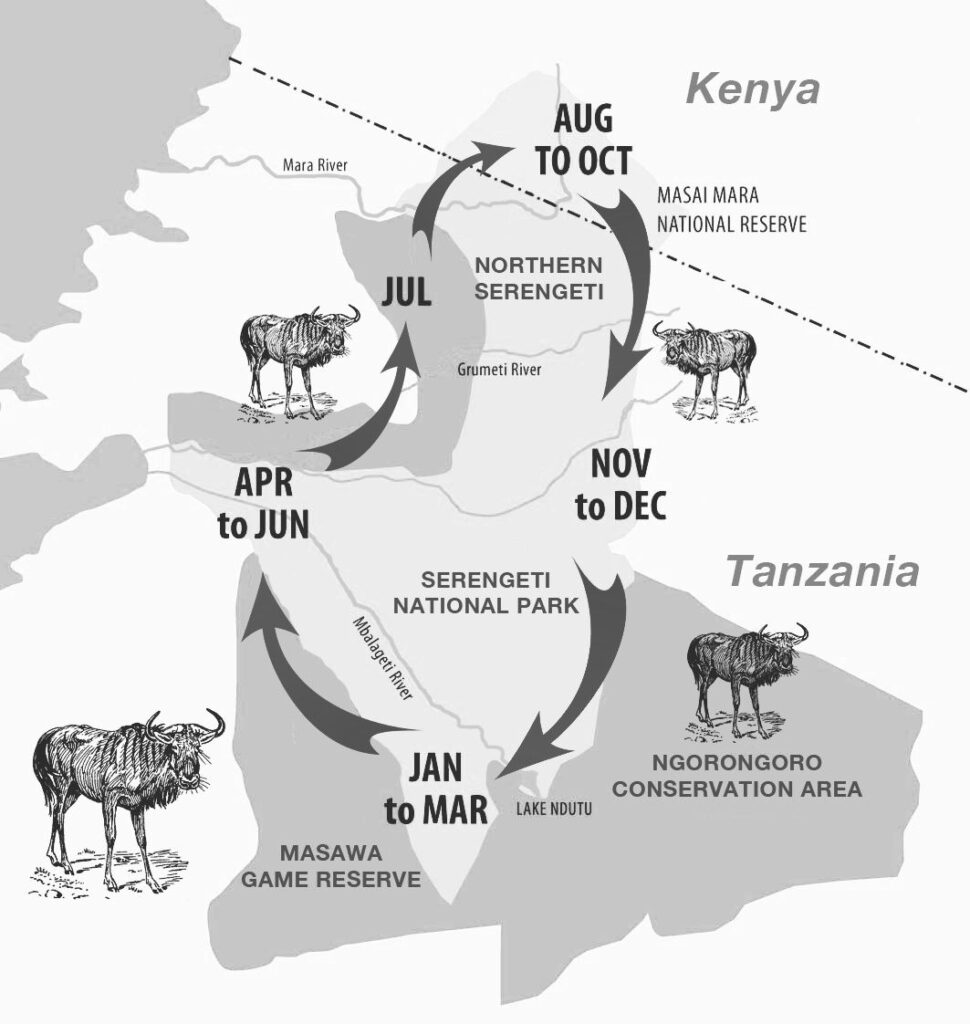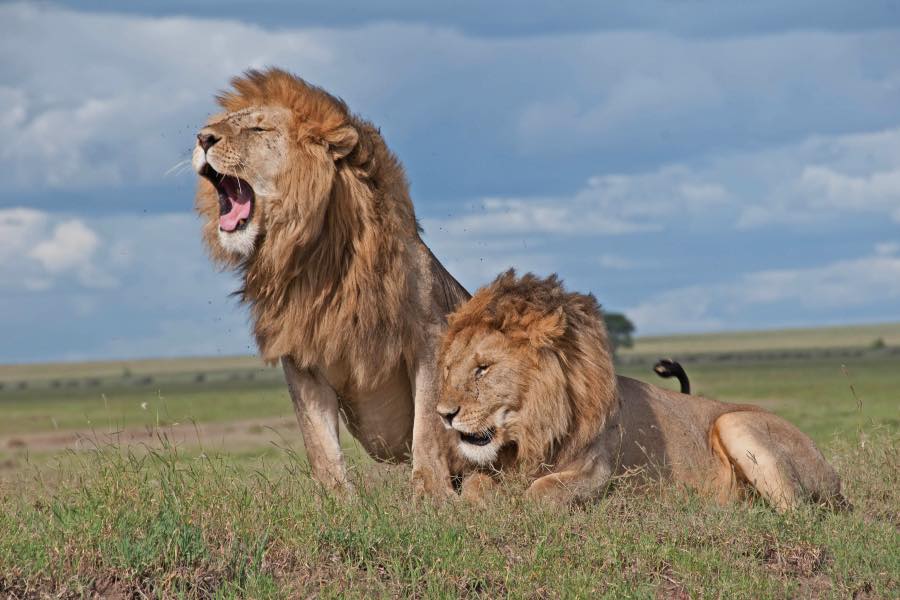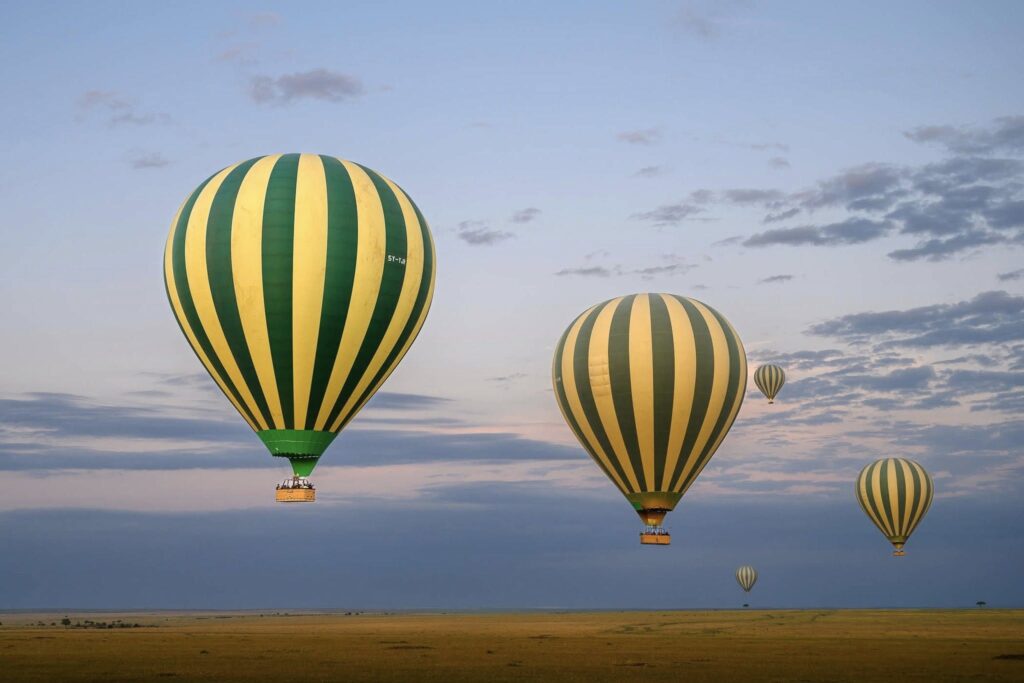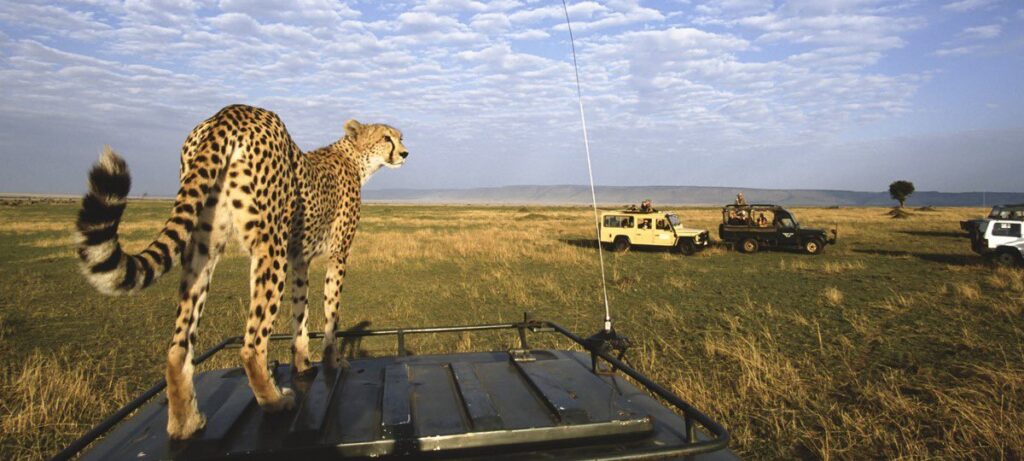This Masai Mara Weather is Your Complete Guide to Planning the Perfect Masai Mara Safari

If you’re reading this from the US, Europe, or Asia, you probably have a pretty good handle on your local weather patterns, you know when to expect snow, when the summer heat kicks in, or when monsoon season arrives. But Africa? That’s a different story altogether, isn’t it?
For most travelers planning their first Africa safari, understanding Africa weather patterns and to be very specific Masai Mara weather feels like trying to solve a puzzle with missing pieces. Kenya being the home of Masai Mara as a country different regions of the country experience different weather patterns,so we do understand when your concerened about Masai Mara weather pattern during your booking of kenya safari tour. You’ve seen the stunning photos of endless savannas and incredible wildlife, but what’s it actually like to be there? Will it be scorching hot? Pouring rain? Somewhere in between?
Here’s the thing: Masai Mara weather isn’t just about packing the right clothes (though we’ll definitely help you with that). The weather patterns in this iconic Kenyan reserve directly influence everything that matters for your safari, your chances of witnessing the legendary Great Migration, the animals you’ll spot on game drives, how crowded the reserve feels, and yes, even how much you’ll pay for your trip.
Kenya’s Masai Mara sits in a savanna ecosystem where the weather shifts between dry and rainy seasons, creating a rhythm that has shaped wildlife behavior for millennia. Understanding this rhythm means you can time your visit perfectly, whether you want front-row seats to nature’s greatest spectacle or prefer quieter game viewing with fewer safari vehicles around.
In this comprehensive guide, we’re breaking down everything you need to know about Masai Mara weather throughout the year. You’ll learn when to go for the best wildlife sightings, what to pack for different seasons, how weather affects safari costs, and most importantly, how to mentally and physically prepare for the adventure of a lifetime.
Because let’s be honest, there’s nothing quite like knowing what to expect when you’re about to experience one of the world’s most extraordinary natural wonders.
What do we have to say about Masai Mara weather

Contrary to common expectations about equatorial Africa, the Masai Mara weather is surprisingly mild and pleasant throughout the year. The reserve’s elevation, ranging from 1,435 to 2,143 meters (4,708 to 7,031 feet) above sea level, creates a temperate tropical savanna climate that’s far cooler than you might anticipate. Daytime temperatures typically range between 20°C to 28°C (68°F to 82°F), while nighttime temperatures can drop to 11°C to 14°C (52°F to 57°F), making those early morning game drives surprisingly chilly.
This unique altitude-driven climate means the Masai Mara is accessible and enjoyable year-round, with each season offering distinct advantages for safari enthusiasts.
Lets break down for you the Masai Mara weather by season so your able to plan your Masai Mara holiday well in advance.
Masai Mara Weather by Season

The Dry Season: June to October
The dry season represents peak safari conditions in the Masai Mara, and it’s easy to understand why. From June through October, the weather becomes increasingly dry and sunny, creating optimal conditions for wildlife viewing.
June marks the transition from the wet season, with occasional showers still possible but generally dry, sunny days prevailing. Daytime temperatures reach approximately 25°C (77°F), while mornings and evenings cool down to around 12°C (54°F). This is when the anticipation builds for the Great Wildebeest Migration, as massive herds begin their journey from the Serengeti.
July and August bring peak safari weather. These months offer consistently clear skies, excellent visibility, and comfortable temperatures. The cooler mornings, with temperatures hovering around 10-12°C (50-54°F), make warm layers essential for early game drives. Afternoon temperatures remain pleasant at 25°C (77°F), and rainfall is minimal, typically seeing only 60-80mm (2.4-3.1 inches) across the entire month, expect approximately 10 days with any rain.
September and October are the crown jewels of Masai Mara weather for wildlife enthusiasts. These months deliver the spectacular drama of the Great Migration river crossings while maintaining dry, clear conditions. October temperatures climb slightly warmer, reaching 27-28°C (81-82°F) during the day, though early mornings remain crisp at 11-12°C (52-54°F). Occasional rain showers may occur, but they’re brief and rarely disrupt safari activities.
The Wet Seasons March to May, November to December

The Masai Mara experiences two distinct rainy seasons, each transforming the landscape in dramatic ways.
The Long Rains: March to May
The long rains season brings the most substantial precipitation to the Masai Mara, with April standing as the wettest month of the year. During this period, the reserve receives between 145-210mm (5.7-8.3 inches) of rainfall monthly, with April alone accounting for 210mm (8.3 inches). You can expect rain on approximately 21 days during the peak of the long rains.
However, don’t let the term “rainy season” discourage you. The rain typically arrives in dramatic afternoon showers rather than all-day downpours, and these bursts of precipitation transform the Mara into a lush, verdant paradise. Daytime temperatures remain comfortable at 22-26°C (72-79°F), while early mornings average 12-14°C (54-57°F), making game drives slightly cooler but still manageable.
The long rains bring significant advantages: fewer tourists, lower accommodation rates, spectacular green landscapes, and exceptional birdwatching opportunities as migratory species arrive. Safari tracks can become slippery and challenging to navigate, but modern safari vehicles are well-equipped to handle these conditions.
The Short Rains: November to December
The short rains season offers a lighter, more manageable rainy period. November and December see approximately 115-155mm (4.5-6.1 inches) of rainfall monthly, with rain expected on about 15 days per month. These are typically brief showers that refresh the landscape without significantly disrupting safari activities.
Afternoon temperatures during the short rains average a pleasant 27°C (81°F), while mornings remain cool at around 12-13°C (54-55°F). The landscape takes on a renewed vibrancy, wildlife activity increases with the fresh vegetation, and tourist numbers drop, offering a more intimate safari experience at attractive rates.
The Dry Interlude: January and February
Nestled between the short and long rains, January and February provide a brief dry spell with minimal rainfall, typically 95-100mm (3.7-3.9 inches) monthly spread across just a few days. The timing of this dry period can vary slightly from year to year, but it generally falls during these months.
Daytime temperatures reach comfortable highs of 23-28°C (73-82°F), while nights cool to 12°C (54°F). The landscape retains some lushness from the short rains, wildlife is easier to spot as vegetation thins, and animals congregate around water sources. This period offers reliable weather with minimal rain, making it an excellent alternative to the busier mid-year dry season.
Month-by-Month Masai Mara Weather Breakdown

January: Max 23-28°C (73-82°F) | Min 12°C (54°F) | Rainfall 95mm (3.7 in) | Low rain chance
Warm, dry conditions between rainy seasons; excellent wildlife viewing
February: Max 25-28°C (77-82°F) | Min 12°C (54°F) | Rainfall 100mm (3.9 in) | Low rain chance
Continued dry weather; ideal safari conditions
March: Max 24-27°C (75-81°F) | Min 12-13°C (54-55°F) | Rainfall 145mm (5.7 in) | Medium rain chance
Long rains begin; landscape turns green
April: Max 22-26°C (72-79°F) | Min 13-14°C (55-57°F) | Rainfall 210mm (8.3 in) | High rain chance
Wettest month; lush vegetation; fewer visitors
May: Max 22-25°C (72-77°F) | Min 12-13°C (54-55°F) | Rainfall 155mm (6.1 in) | Medium rain chance
Long rains taper off; vibrant landscapes
June: Max 20-25°C (68-77°F) | Min 11-13°C (52-55°F) | Rainfall 95mm (3.7 in) | Low rain chance
Dry season begins; migration anticipation builds
July: Max 20-25°C (68-77°F) | Min 11-12°C (52-54°F) | Rainfall 60mm (2.4 in) | Low rain chance
Peak dry season; migration arrives; coolest month
August: Max 22-25°C (72-77°F) | Min 11-12°C (52-54°F) | Rainfall 80mm (3.1 in) | Low rain chance
Excellent safari weather; migration peak
September: Max 23-27°C (73-81°F) | Min 11-13°C (52-55°F) | Rainfall 95mm (3.7 in) | Low rain chance
River crossing season; optimal wildlife viewing
October: Max 23-28°C (73-82°F) | Min 11-14°C (52-57°F) | Rainfall 100mm (3.9 in) | Low rain chance
Continued excellent conditions; migration continues
November: Max 23-27°C (73-81°F) | Min 12-13°C (54-55°F) | Rainfall 155mm (6.1 in) | Medium rain chance
Short rains begin; fewer crowds; good value
December: Max 23-27°C (73-81°F) | Min 12-13°C (54-55°F) | Rainfall 115mm (4.5 in) | Medium rain chance
Short rains continue; festive season; green landscapes
Essential Packing Guide for Masai Mara Weather

Understanding the Masai Mara weather is only half the battle, packing appropriately ensures your comfort throughout your safari adventure.
Year-Round Essentials
Layered clothing is absolutely critical regardless of when you visit. The dramatic temperature swings between cool mornings (as low as 10°C/50°F) and warm afternoons (up to 28°C/82°F) mean layers are your best friend. Pack neutral-toned, lightweight, breathable clothing that can be easily added or removed.
Warm layers for game drives are non-negotiable. Even during the warmest months, early morning and late evening game drives can be surprisingly cold. Bring a fleece jacket, warm sweater, or down vest for those 5 AM safari starts.
Sun protection is essential on the equatorial plains. Pack broad-spectrum sunscreen (SPF 30+), quality sunglasses, and a wide-brimmed hat to protect against the strong African sun.
Sturdy, comfortable footwear is crucial for bush walks, navigating lodge grounds, and general comfort during long game drives.
Season-Specific Items
For the dry season (June-October):
- Binoculars for exceptional long-distance viewing
- Dust protection for camera equipment
- Extra warm layers for the coolest months (July-August)
- High-quality camera equipment for capturing the migration
For the rainy seasons (March-May, November-December):
- Waterproof rain jacket (lightweight and packable)
- Waterproof footwear or boots
- Quick-dry trousers and shirts
- Waterproof daypack or dry bag for electronics
- Rain cover for camera equipment
Additional must-haves:
- Quality insect repellent for evenings
- Reusable water bottle
- Power bank for charging devices
- Comfortable hat for sun and occasional rain
- Neutral-colored clothing (avoid bright colors and camouflage patterns)
How Weather Impacts Your Safari Experience
The Masai Mara weather profoundly influences what you’ll experience during your visit, and understanding these connections helps set realistic expectations.
Wildlife Viewing and Weather

During dry seasons, wildlife viewing reaches its peak. As water sources diminish, animals concentrate around rivers and remaining waterholes, making them easier to locate. The thinning vegetation provides excellent visibility, and the comfortable weather means animals are more active throughout the day.
During wet seasons, wildlife disperses across the reserve as water becomes abundant everywhere. However, this doesn’t mean inferior game viewing, it simply requires different strategies. The lush vegetation attracts grazers, which in turn attract predators. Newborn animals appear during and shortly after the rains, triggering dramatic predator-prey interactions. Bird enthusiasts will find the wet seasons particularly rewarding, with migratory species arriving in spectacular numbers.
The Great Migration and Weather
The iconic wildebeest migration is intrinsically linked to Masai Mara weather patterns. The herds follow the rains and fresh grass, typically arriving in the Mara from July onwards and remaining through October. The most dramatic river crossings generally occur from August through October, though exact timing varies annually based on rainfall patterns.
Photography and Weather Conditions
Dry season photography benefits from clear skies, excellent visibility, and predictable golden hour lighting. Dust kicked up by moving animals and vehicles creates atmospheric backlit opportunities.
Wet season photography offers different advantages: dramatic storm clouds, vibrant green backgrounds, reflection opportunities in temporary pools, and fewer safari vehicles competing for positions. The soft, diffused light during overcast periods can be ideal for wildlife portraits.
Best Times to Visit Masai Mara Based on Your Priorities
For the Great Migration: July to October
If witnessing the spectacular river crossings and massive herds is your primary goal, visit during the dry season when the migration is in full swing.
For Budget Travelers: April-May and November
The rainy seasons offer significantly lower accommodation rates, fewer tourists, and excellent wildlife viewing for those willing to embrace occasional showers.
For Photography: June-October
The dry season’s clear skies, excellent visibility, and active wildlife create optimal photographic conditions, particularly for dramatic migration images.
For Birdwatching: November-April
The wet seasons bring migratory bird species from Europe and North Africa, adding to the Mara’s already impressive resident bird population.
For Fewer Crowds: March-May and November-December
If you prefer a more intimate safari experience without crowds of vehicles at sightings, the rainy seasons provide perfect conditions.
For Reliable Weather: June-October and January-February
These periods offer the most predictable, dry conditions with minimal risk of rain disrupting your plans.
Understanding Masai Mara’s Annual Rainfall Patterns
The Masai Mara receives approximately 1,400mm (55 inches) of rainfall annually, distributed unevenly throughout the year. This rainfall pattern creates the distinct seasons that define the reserve’s ecology and wildlife movements.
The wettest month is April, while July experiences the least rainfall. This cyclical pattern drives the entire ecosystem, from grass growth to wildlife migrations to predator behavior. Understanding these patterns helps you appreciate the interconnected web of life that makes the Masai Mara one of Africa’s most extraordinary wilderness areas.
Our remark in regards to Masai Mara weather
The beauty of Masai Mara weather lies in its variety. Whether you experience the golden grasslands of the dry season or the emerald plains of the rains, each season offers unique rewards. The Mara is blessed with a temperate climate that makes it accessible and enjoyable year-round, there truly is no bad time to visit.
Sunshine or rain, your visit to the Masai Mara will never be in vain. By understanding the weather patterns and packing appropriately, you’ll be prepared to embrace whatever conditions greet you and focus on what matters most: experiencing one of the world’s greatest wildlife spectacles in comfort and style.
Plan your Masai Mara adventure with confidence, knowing that this remarkable reserve delivers unforgettable experiences regardless of the weather. The magic of the Mara transcends seasons, waiting to captivate you with its timeless beauty and extraordinary wildlife.
